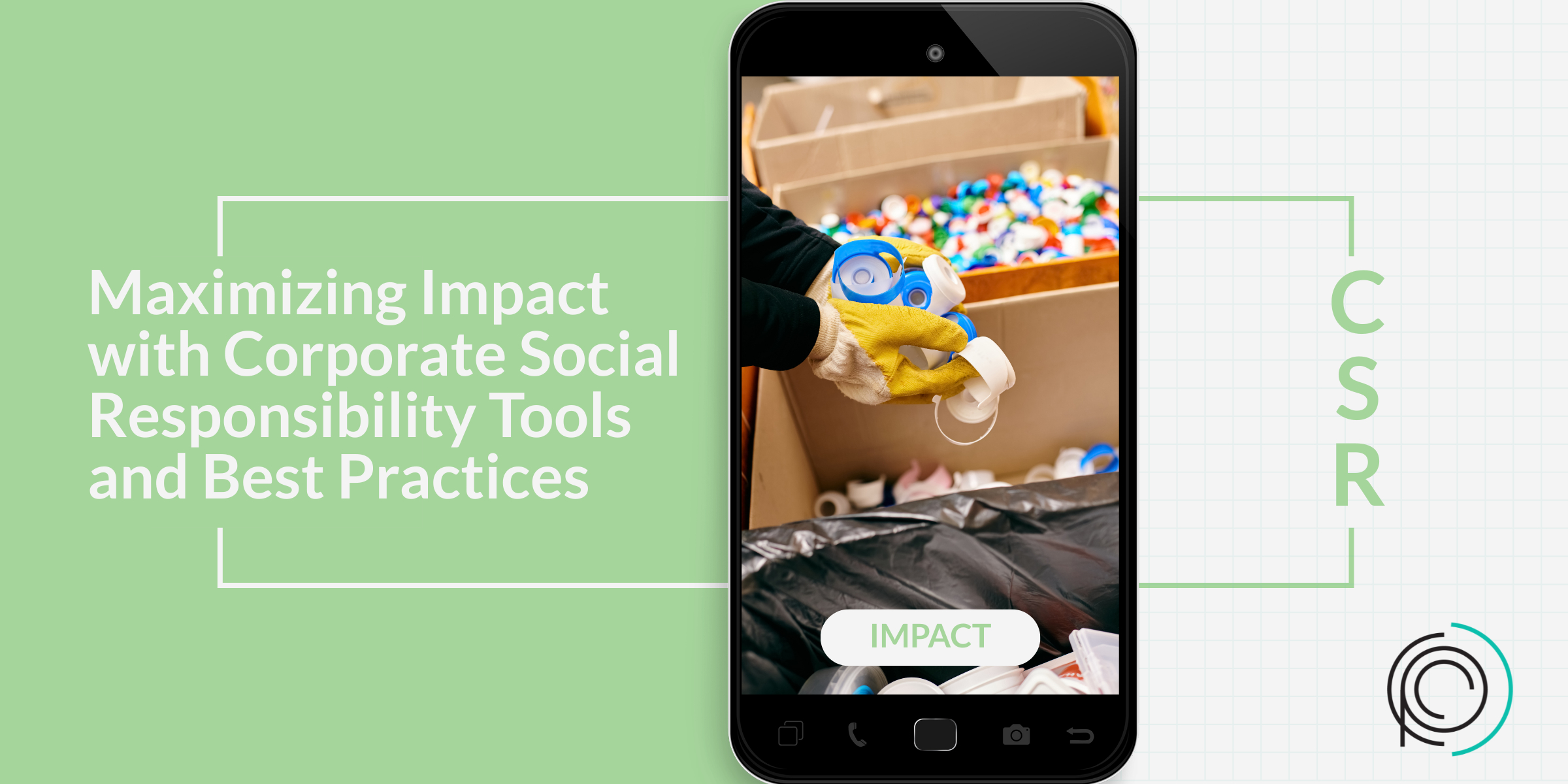Beyond Talent: Cultivating a Thriving Culture of Employee Engagement for Sustainable Success
A company’s success in meeting market demand and efficiency significantly hinges on the strength of its team. While talent and skills are undoubtedly vital components, true progress requires more than just individual capabilities. It demands unwavering employee engagement, fostering a culture of collaboration, open communication, and continuous skill development. This collective effort not only enhances productivity but also cultivates a sense of shared purpose and commitment within the organization, driving sustainable growth and success.
Some estimates suggest that one disengaged employee can result in a loss of $16,000 a year. While employee engagement has garnered attention from most businesses in recent years, there remains a notable level of confusion about its definition and effective enhancement strategies. Organizations are increasingly realizing the importance of nurturing a positive work environment that fosters engagement and productivity among employees. At this critical juncture, it is imperative to delve deeper into these misconceptions, offer insights, and provide clarity on this fundamental aspect of organizational success.
Employee engagement is a multifaceted concept that extends beyond mere job satisfaction or happiness at work. It encompasses a profound connection that employees establish with their tasks, colleagues, and the organization as a whole. Engaged employees not only display a passion for their work but also exhibit the unwavering motivation to give their utmost effort. Furthermore, they foster a deep sense of belonging within the organizational culture, leading to increased productivity and overall satisfaction in the workplace.
What is employee engagement?
Defining employee engagement might sound simple enough, but many people get it confused with employee satisfaction or happiness. Employee engagement isn’t about how much your team enjoys their job (never mind how much they’re willing to tolerate it) — it’s more specific than that and focuses on how much an employee feels involved in their company and role.
Here’s the distinction: Someone could enjoy their job purely because they’re best friends with their coworkers or very well-paid, but that doesn’t mean they’ll automatically feel engaged with their work, find it meaningful, or be invested in the company’s success. Although employee satisfaction also matters (and it’s hard to be engaged without being satisfied), it’s not the primary focus here.
Employee engagement is affected by three crucial aspects:
- Resources
- Processes
- Conditions
We will be dedicating our time to exploring cutting-edge and inventive solutions that effectively integrate and leverage all of these crucial aspects, working harmoniously to deliver a comprehensive range of results that exceed expectations.
How to improve employee engagement
It’s simple enough to understand what employee engagement is, but figuring out how to improve it is a little more complex. Since we’ve established it’s about ensuring your workers are connected to their roles rather than simply feeling comfortable in the workplace, you can’t just set up a lunchtime yoga session and hope it will fix everything. Instead, here are some ideas.
Align your values with theirs
According to research from Blue Beyond Consulting, 52% of knowledge workers would leave a job if their company’s values weren’t aligned with theirs — leading to what’s called an “expectation gap” between companies and their employees.
Make your employees feel like they’re part of a collective effort aiming for a purpose beyond individual tasks. Remind them of your company’s overarching mission and the greater impact it seeks to achieve. Reflect on the core problem your organization aims to address and the lives it aspires to positively influence through its work.
Everyone has different values, so you can’t simultaneously align your values with those of every potential employee. However, you can choose new hires carefully and tap into values most people share, such as having a positive impact on the world.
Work on your corporate culture
How can someone feel engaged in their work if your corporate culture is making them feel stressed, confused about what they’re supposed to be doing, or stifling them? Create guidelines for your workplace to create a better environment, and most importantly, follow through on them.
For instance, you could make it clear that you value transparency by sharing the business’s key metrics with everyone in a monthly update, or demonstrate that you want to remove hierarchy by giving everyone a turn in interviews.
Let your employees take ownership
Micromanaging is a common problem for many organizations, with 79% of employees saying they’ve experienced it. Not only is it an inefficient way of managing tasks and projects, but it also leads to a sense of disheartenment, frustration, or lack of motivation among employees. This can result in decreased productivity, increased levels of stress, and a negative impact on overall team morale, ultimately affecting the company’s bottom line and employee retention rates.
It can be challenging for some managers to detach themselves if they know or suspect an employee could make a mistake. However, in the long run, it’s usually best for employees to learn from their errors as it fosters growth and development. Over time, this approach helps individuals become more competent, accountable, and significantly more engaged with their work, leading to a more productive and successful team dynamic.
Offer opportunities
Providing your employees with a variety of growth opportunities is a key aspect of nurturing a positive workplace environment. By offering chances for learning, development, and career advancement, you not only enhance their job satisfaction but also encourage their commitment to the organization. When employees see a clear path for personal and professional growth within the company, they are more likely to remain dedicated and motivated.
As a leader, your pivotal role in supporting and facilitating the progress of your team members is essential for nurturing a culture of ongoing improvement and sustainable success. Your guidance, mentorship, and encouragement contribute significantly to the growth and development of individuals within the organization, fostering a dynamic environment where each team member can thrive and contribute their best towards shared goals and achievements.
Give your employees the opportunity to acquire new skills through training programs tailored to their interests and career goals. Encourage them to take on additional responsibilities that challenge and empower them to grow. By providing avenues for advancement within the organization, you not only foster a sense of purpose and motivation but also demonstrate your commitment to nurturing their personal and professional development.
Let’s pull it all together
There’s no straightforward hack to make your employees more engaged — the right approach depends on your company, and you certainly won’t achieve a 100% workforce overnight. But get things right, and you’ll eventually end up with an inspiring work environment and (most likely) improved productivity and revenue. What else could you want?
Employee engagement isn’t just about creating a happy office atmosphere or keeping people satisfied with their jobs. It’s about fostering a sense of purpose, ownership, and growth within your employees, leading to increased motivation and commitment to the company’s success. By aligning your values with theirs, creating a positive corporate culture, giving them autonomy, and offering opportunities for growth, you can effectively improve employee engagement and ultimately benefit both your workforce and your business as a whole. So take the time to invest in your employees and watch as their engagement and satisfaction with their work soar.
Conclusion
Employee engagement is vital to the success of any company, but it requires a comprehensive approach that goes beyond just satisfying employees’ basic needs. By aligning values, building a positive corporate culture, empowering employees, and offering growth opportunities, companies can effectively improve employee engagement and reap the benefits of a motivated and committed workforce. It may take time and effort, but in the end, the results will be worth it for both employees and businesses alike.
Don’t settle for a regular workforce – aim for an engaged team fueled by purpose and growth. By following these tips and strategies, you can cultivate an environment where your employees feel valued, motivated, and committed to your company’s success. Let’s explore ways to enhance employee engagement and foster a positive work culture. Take action, implement changes, and witness the positive impact on your team and organization as a whole.
When you come across ’employee engagement’ next time, don’t dismiss it as just a trend – act on it and prioritize it for your company. Let’s strive to build engaged, motivated, and dedicated teams that bring success and positive change to the world. Here’s to a brighter, more engaged future for all! Work on creating an environment where employees feel valued, motivated, and empowered – it will yield long-term benefits.
We deeply value human capital in our organization, recognizing people as the cornerstone of our comprehensive business continuity planning framework. By prioritizing the well-being, skills, and expertise of our employees, we ensure resilience and sustainable success in the face of any challenges that may arise. If you’re interested in enlisting a little help to improve your people management through refining your processes, book a consultation today.







